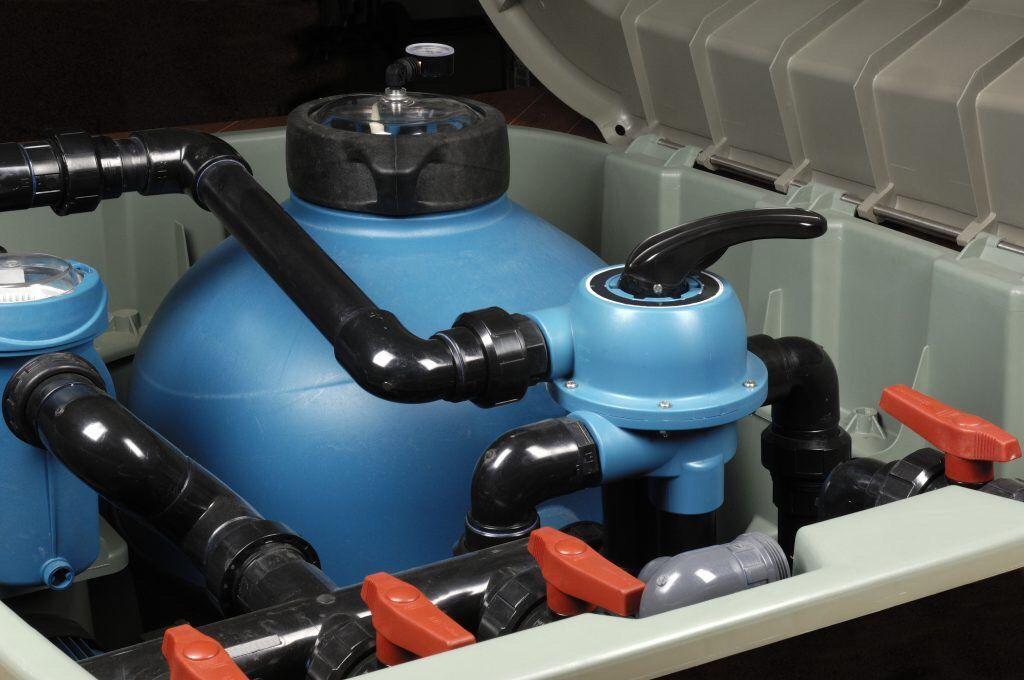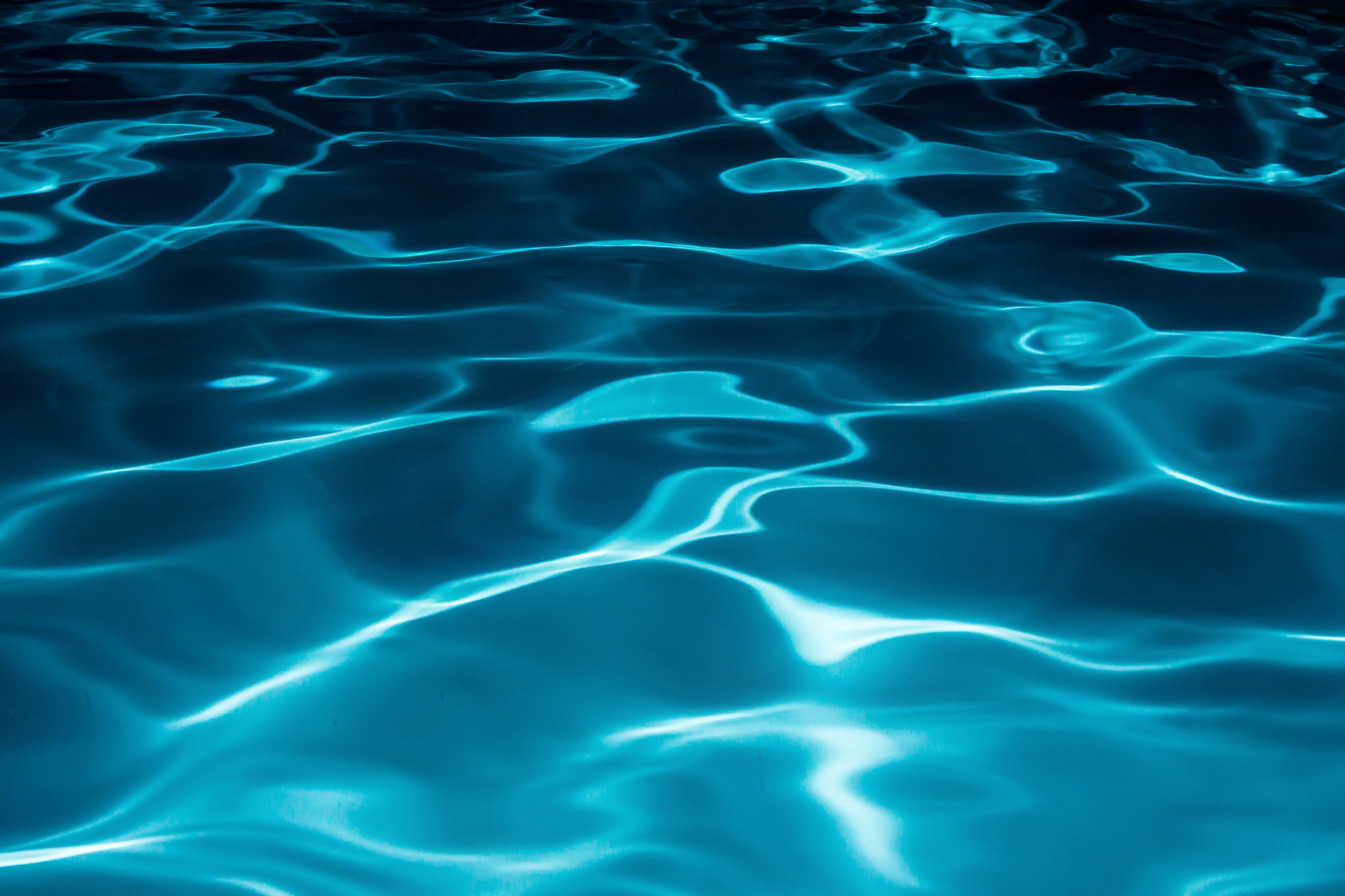
15 Feb Get to Know Your Pool’s Plumbing
For structures meant to contain water, pools sure do have a lot of holes! Every single one of those holes has a purpose, however, and they all work together to keep your pool water clean and fresh.
Imagine, for a moment, a world in which your pool water was constantly draining into the sewer and being refilled with water from your main. Your water bill would be astronomical!
The reason pools have so many holes is to create a cycle whereby dirty water is refreshed and made clean. We’re going to take you step-by-step through exactly what happens in the plumbing to keep your pool water fresh.
The suction side
The suction side is every part of the plumbing that leads up to the pool pump – it consists of the main drains and the skimmers. We’re going to talk about the pool pump in this section, too, because it’s what allows the main drains and the skimmers to do their jobs.
Main drains
The main drains are found on the floor of a pool’s deep end. There are usually two of them, spaced about 3 feet apart. They are enclosed with safety covers to protect swimmers who might otherwise get their hair caught in the drains.
Calling them main drains is a bit of a misnomer, since draining usually occurs as a result of natural motion – gravity doing its thing. Main drains don’t drain using gravity – they drain using the suction provided by the pool’s pump.
Skimmers
The main drains draw water in from the bottom of the pool – skimmers draw water from the pool’s surface.
Skimmers are generally rectangular in shape, and they’re equipped with baskets to collect debris like fallen leaves. They get their suction from the same source as the main drains – the pool pump.
Pools will usually be equipped with one or two skimmers – if there are two skimmers, they’ll generally be on opposite sides of the pool (one on each end, on separate walls).
The pool pump
The pool pump is the thing creating all of the suction for the main drains and skimmers. It’s found outside of the pool. Pumps come in a variety of shapes and sizes, but they’re easy to pick out because:
- They have several pipes (from the main drains and skimmers) leading into them.
- They’re equipped with a motor.
You can control how much water enters the pump from the main drains and skimmers by adjusting the valves on the pipes that lead into the pool pump. Generally, you shouldn’t need to adjust these valves – your pool cleaning team will do it for you if it’s necessary.
The post-pump process
Now that water has been brought in through the pump, your pool equipment will begin to clean it automatically. There are two parts that clean the water: the filter and the sanitation system. If you have a heated pool, you’ll find a heater placed between the filter and sanitation system.
Filter
You might think of the filter as something of a second skimmer – it filters out unwanted particles and items from the pool water before the water enters the more sensitive parts of the cleaning process. Dirt, debris, hair – all of the above can be removed by filters. Better filters can eliminate smaller and smaller particles.
There are a variety of different types of pool filters, from sand to cartridge.
Heater
If your pool is heated, this is the device that does the heating. The filter is placed in front of the heater so particulates don’t interfere with its functioning.
Not a lot of explanation required here.
Sanitization system
Most modern pools are equipped with sanitization systems that reduce the risk of algae growth, among other things. They don’t eliminate the use of chlorine and other pool chemicals, but they do make the entire cleaning process more efficient.
You can find many forms of sanitization system: some of the most common are ionizers and mineral purifiers.
The grand return
Once your pool’s water is cleaned, it re-enters the pool through small holes on the pool’s floor, called returns. Then, the process begins all over again!
The spa
A quick note before we’re done – some pools have heated spas. The water in these spas goes through different plumbing than the pool water (in order to keep it separate), so different plumbing services are needed when setting one up.
In general, you’ll find the spa’s supply to the pool’s pump after all of the supplies leading from the pool. Again, though, it’s important to have a pool cleaning professional adjust the spa’s drains if necessary – unless you know what you’re doing. You don’t want to damage your pool!
We hope this introduction to your pool’s plumbing has been useful – if you have any questions at all, don’t hesitate to get in touch with the pool maintenance and cleaning professionals at Warren Pools.



Sorry, the comment form is closed at this time.